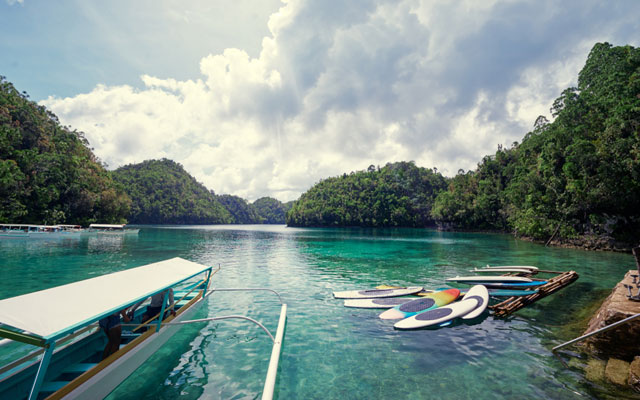Philippine tourism is undergoing a paradigm shift towards sustainability on an unprecedented scale, beginning with Boracay and extending to more destinations like Luzon and Mindanao.
Philippine Department of Tourism (DOT) secretary Bernadette Romulo-Puyat stressed their determination to set the carrying capacity for all destinations and help bankroll their rehabilitation.

She emphasised that “what we leave for the next generation…(that) speaks about our responsibility to protect the environment and our irreplaceable natural heritage” was even more vital than growing tourism arrivals and receipts.
Funding for the project will come through the DoT’s infrastructure arm, the Tourism Infrastructure and Enterprise Zone Authority (TIEZA), on top of that from international funding agencies, including the World Bank and Asian Development Bank, which have approached them for funding assistance, Puyat said.
She said the overdeveloped Baguio and its neighbouring BLIST municipalities in Benguet – La Trinidad, Itogon, Sablan, Tuba and Tubalay – are the latest earmarked for rehabilitation, apart from the different phases of rehabilitation that Boracay, Bohol, as well as El Nido and Coron in Palawan, are going through.
TIEZA will provide the funds to redevelop Baguio’s Burnham Park even as request for funding the construction of the sewerage system and the rehabilitation of Mines View Park are under study.
In Manila, its premier historical site, the Walled City of Intramuros, is undergoing a makeover, while clean-up operations for Manila Bay and Pasig River continues. A ferry service has also been launched to bring passengers from Pasig River to various points of old Manila, escaping road traffic congestion.
In Mindanao, the local governments of Siargao’s Sugba Lagoon has just completed a one-month closure that saw the repair and clean-up of its facilities, as part of its annual environmental recovery programme. Meanwhile, South Cotabato’s Lake Holon has been closed for two months to rest its ecosystem and improve facilities.
Other destinations lined up for rehabilitation include Samal in Davao and Siquijor in the Visayas.
Puyat has also tasked every tourism region to devise a tourism master plan, with sustainability as the main focal point.
Last year, the DOT also launched the Save Our Spots (SOS) campaign, which ropes in celebrities to encourage the public to help protect tourist spots in small ways. Puyat noted that the public are becoming more conscious in keeping spots like Rizal Park and Intramuros clean, and that the younger set are more aware of maintaining the cleanliness of destinations.




















